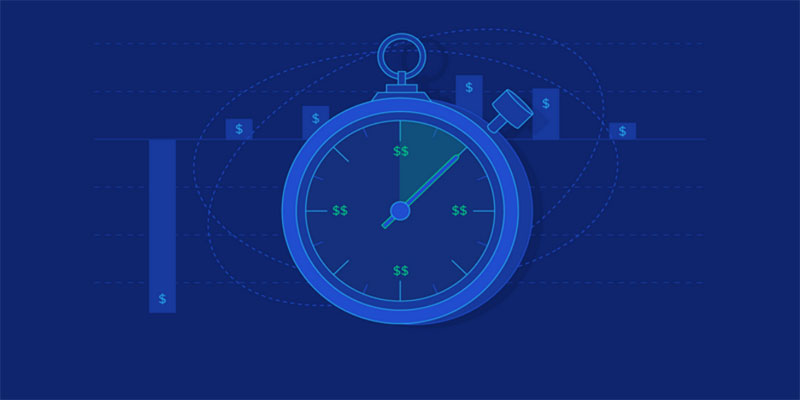To put it simply, a company's capital structure is its method of financing its assets and operations, which might include either debt or equity. From a business's point of view, equity is a more permanent, costlier source of financing that also offers greater financial flexibility. When cash is needed, a company with financial flexibility can quickly and cheaply raise the funds they need. On the other hand, debt is a temporary source of funding with a lower initial cost but the legal requirement to fulfill promised cash outflows on a predetermined schedule and the possibility of a costly refinancing in the future. The best capital structure includes debt, as we will demonstrate. What is Capital Structure? According to the trade-off theory of capital structure, a company's value can be maximized by allocating its resources to minimize its weighted average cost of capital, which can be achieved by balancing its debt and equity levels.
What Exactly Is Capital Structure?
To put it simply, "capital" in the business sector refers to cash. what is optimal capital structure refers to the method by which a company obtains the funds necessary to run its day-to-day operations, including investments in inventory and real estate, wages, and other operating expenses. Capital structure, in particular, describes the mix of long-term debt, known as restriction sites liabilities (such as banknotes), ordinary equity, and preferred equity that make up a company's total debt and equity. 1 Money for a company's operations and expansion comes from a combination of debt and equity. As an illustration, a corporation's capital structure could consist of 40% long-term debt (bonds), 10% preferred stock, as well as 50% common stock.
How Does The Structure Of Capital Work?

Entrepreneurs are on their own to figure out how to best allocate capital for their company. Should equity be utilized less and debt more to hedge against loss and maximize profit? Should we employ more equity financing to reduce the likelihood of going bankrupt due to too much debt? These decisions must be taken on a case-by-case basis, whether at a tiny shop or a multinational conglomerate. what is the optimal capital structure? The capital structure takes into consideration any form of debt or equity. Examples of debt include bank loans and credit extended by vendors to a company. The cost of capital includes interest payments on debt and dividend payments on the stock. The interest rate on a loan is an example of the cost of money, but there are costs associated with every type of financing. When a company receives equity funding, the investor receives a portion of the company.
Why Do Different Businesses Have Varying Capital Structures?
Businesses operating in various sectors will employ multiple capital structures, each tailored to the specific needs of that sector. Firms that rely heavily on labor or provide a service, such as software developers, may choose to invest in equity over debt.
How Do Managers Make Capital Structure Decisions?
Companies with access to cash (from investors or lenders, for example) will naturally aim to keep their cost of capital as low as possible. A WACC (weighted average cost of capital) analysis can help with this. Managers and analysts can determine WACC by weighing the total cost of capital and multiplying that by the weighted average price of each capital component.
What Impact Does Capital Structure Have On Analysts And Investors?

A debt-laden firm may be viewed as a risky investment. But if there's too much equity, that could suggest the company needs to make the most of its growth potential or is overpaying its cost of capital. There is no "perfect" debt-to-equity ratio that guarantees a company will have a healthy capital structure. A company's optimal debt-equity balance will alter over time due to external factors, including interest rate fluctuations and shifts in the regulatory landscape, the industry in which it operates, and the company's current stage of development.
Things To Think About
A higher gearing ratio as well as an ambitious capital structure are characteristics of a firm that relies on debt financing for a comparatively larger share of its assets and operations than it does on equity funding. The ratio of equity to debt in the purchase of assets is much higher for companies with a conservative asset base and a low leverage ratio. But a conservative capital structure may delay development while a riskier leverage ratio as well as capital structure might speed it up.
Conclusion
A company's capital structure is the makeup of its debt and equity financing. In determining the optimal capital structure for a company, the management, as well as other stakeholders, will take into account both debt and equity. Find out more about how this method is used to evaluate a company's financial health and what considerations top executives make when designing a company's capital structure. What defines a company's capital structure is the proportion of debt to equity utilized to fund the company's ongoing operations and future expansion. Equity financing results from shareholders' claims on a company's future cash flows and earnings. Equity can take the shape of common stock, preferred stock, or retained profits, whereas debt can be issued through bonds or borrowed money. Debt with a maturity of less than one year is also considered a capital structure.




